Started learning RedisLabs Enterprise Cluster, but I confused on how to implement the High Availibility using RLEC. I understand that the RLEC using proprietary replication, which is different from the open source Redis. What I want to achieve is if my master db went down, my app still will able to function normally by connecting to the replica db.
My question are :
- I have already created 2 nodes. If I created a new Redis DB named testing with replication enabled, in which node is the master DB ( and which one is the slave )? Is the current master indicated by the endpoint?
- I connected to localhost:19332 in each server( as displayed in endpoint ). Why I am able to do set from both server? (And it appears in both of the server). I thought usually the replication should be one way from master to slave?


